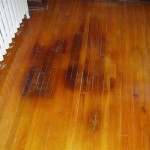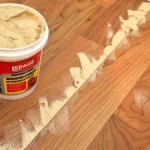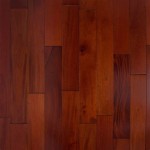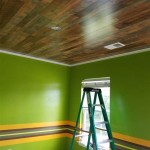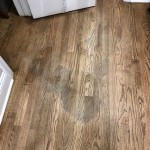When it comes to selecting hardwood floors, the Hardwood Floor Hardness Scale is an important factor to consider. This scale measures the density of the wood and its ability to resist wear and tear. With a better understanding of the Hardwood Floor Hardness Scale, you can select the best wood for your floors.
What is the Hardwood Floor Hardness Scale?
The Hardwood Floor Hardness Scale, or Janka Hardness Scale, is a measure of the hardness of wood and its ability to resist wear and tear. The scale is measured in pounds-force (lbf) and is determined by pushing a steel ball into the wood to measure the depth of the indentation. The higher the number, the harder the wood.
Types of Wood on the Hardwood Floor Hardness Scale
The Hardwood Floor Hardness Scale includes a variety of different types of wood, ranging from soft to hard. Some of the softer woods on the scale include pine, fir, and hemlock, which measure between 500-700 lbf. The harder woods on the scale include oak, hickory, and walnut, which measure between 1,300-2,200 lbf. The hardness of the wood will vary depending on the species and type of wood.
Why is the Hardwood Floor Hardness Scale Important?
The Hardwood Floor Hardness Scale is important because it helps you select the best type of wood for your floors. The hardness of the wood will determine how well it will withstand wear and tear, such as scratches and dents. Harder woods, such as hickory and oak, are better able to resist scratches and dents than softer woods, such as pine and fir. Additionally, the hardness of the wood will also affect how easy it is to install and maintain the floor.
What is the Highest Hardwood Floor Hardness?
The highest hardness on the Hardwood Floor Hardness Scale is Australian Buloke, which measures 5,060 lbf. Other hardwoods, such as hickory and jarrah, measure between 1,900-2,400 lbf. While Australian Buloke is the hardest wood on the scale, it is not commonly used for flooring due to its rarity and high cost.
How to Use the Hardwood Floor Hardness Scale
When selecting a type of hardwood for your floors, it is important to consider the Hardwood Floor Hardness Scale. You should select a wood that is suitable for your needs and budget. Generally, softer woods, such as pine and fir, are more affordable but are more prone to scratches and dents. Harder woods, such as hickory and oak, are more expensive but are better able to resist wear and tear. You should also consider how easy the wood is to install and maintain.
Conclusion
The Hardwood Floor Hardness Scale is an important factor to consider when selecting hardwood floors. This scale measures the hardness of the wood and its ability to withstand wear and tear. The hardness of the wood will vary depending on the species and type of wood, and you should select a wood that is suitable for your needs and budget. With a better understanding of the Hardwood Floor Hardness Scale, you can select the best wood for your floors.















Related Posts

